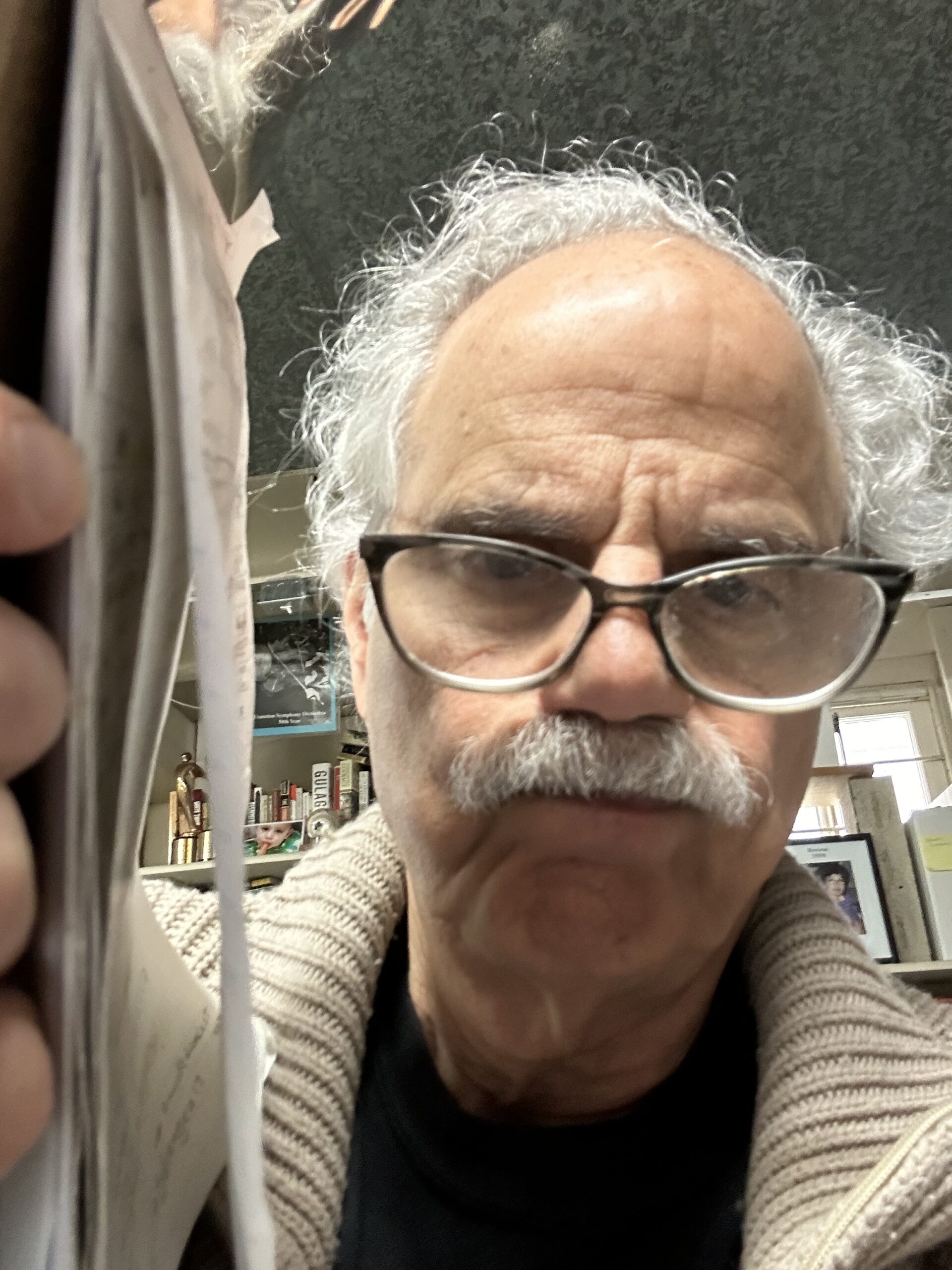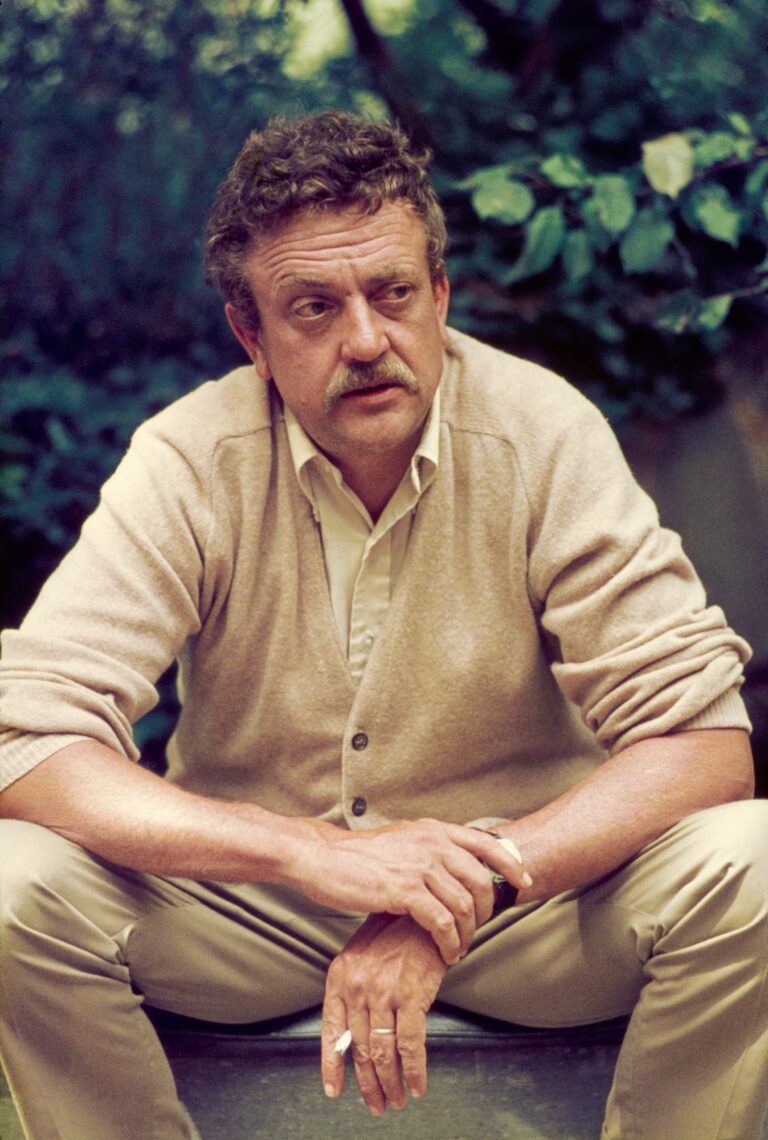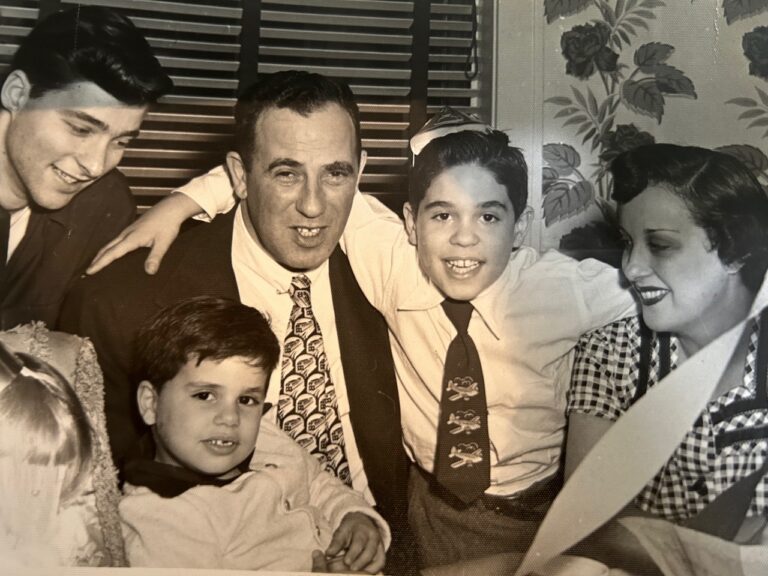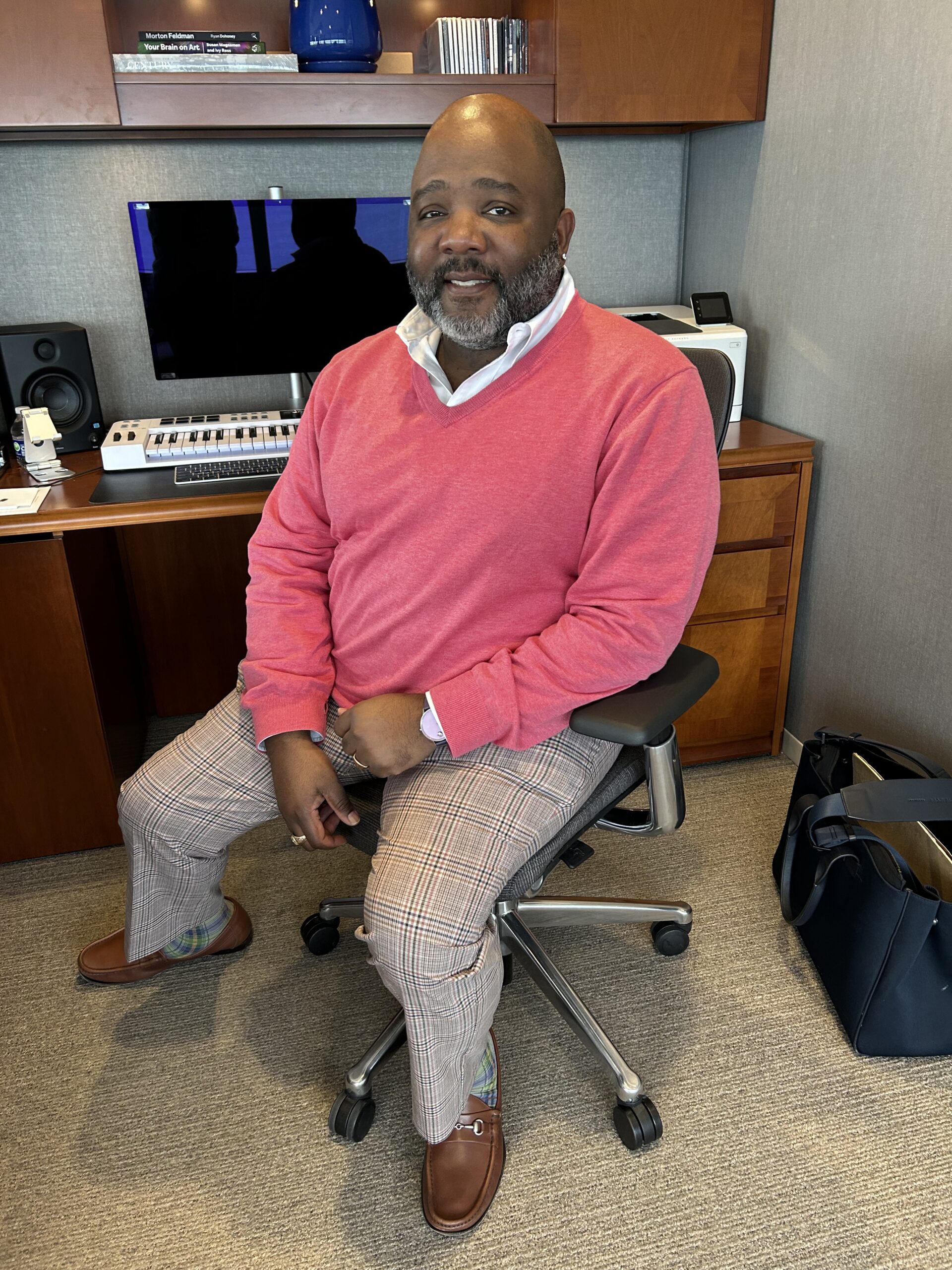Evanston RoundTable, Dec. 29, 2016
In case you haven’t noticed, time is trending right now.
It’s the subject of a fascinating article in a recent New Yorker (“Present Tense”) and a big plot point in the excellent sci-fi thriller “Arrival.”
Since time has been around for all 13.7 billion years of the universe and we’ve been dealing with it as a species for the past several hundred thousand, you’d think we’d have it figured out by now.
But in fact, scientists and philosophers are realizing just how “strange” time is.
For instance, physicists spend a lot of time analyzing the famous arrow of time, i.e. the inexorable one-way direction of events, from past to present to future: why your omelettes never reassemble themselves into the broken eggs from which they’re made.
The answer, in a nutshell, has to do with entropy, the Second Law of Thermodynamics, defined as the increasing disorder of things. Or put another way, why your kid’s bedroom gets so messy so quickly.
Of course the Big Bang – which not only blew the hinges off the door of the universe but sent time on its relentless march – may have had something to do with it.
We non-physicists spend a lot of time mulling the arrow of time too, only in a personal way, wondering why we have to age and how in the process we go from one neck to two or three. (For details, read the late, great American philosopher Nora Ephron.)
Self-help gurus and life coaches tell us that worrying about time’s passage is a fool’s errand, enabling us to wallow like pigs in the mud of our ancient regrets, obsessively rewinding and replaying the mistakes and missed chances we wish we could play over again. The assumption is that regret serves no useful purpose: there are no makeovers in life, so accept mistakes and move on.
Good advice, mostly. But a certain amount of rewinding is cathartic and, in some cases, therapeutically important.
That’s the message implicit in Steve Jobs’ famous commencement address of June 12, 2005, to the graduating class at Stanford University. He replayed his own life story of adoption and meandering through his early years. Lacking a clear purpose, he dropped out of Reed College in 1974 after six months. However, he stuck around campus for another 18 months, “dropping in” on classes he thought he’d enjoy. One such class was calligraphy, and it taught him the value of typography. “It was beautiful, historical, artistically subtle in a way science can’t capture,” he said. His fascination with typography helped him marry art and science and led to the first great PC, which revolutionized the way we live.
His takeaway: “You can’t connect the dots looking forward, you can only connect them looking back.”
Connecting the dots forward would mean seeing the future, which we cannot do. Connecting the dots back means realizing, after the fact(s), what our lives have really meant and how seemingly disparate, random, and episodic events have, it turns out, contributed to who we are.
This is the reverse arrow of time, the realization that looking back at the rear view mirror of the forward-moving vehicle of life can help us understand it.
When we speak of the future, we automatically point forward. But in the language of the Quechua people of Peru, the word for the future also means “behind me” and the word for the past means “ahead of me.” They explain that they are moving backwards into the future, which they cannot see, facing the past, which they can.
So are we. That’s why we connect the dots back, not ahead, to make sense of our lives going forward.





+ There are no comments
Add yours